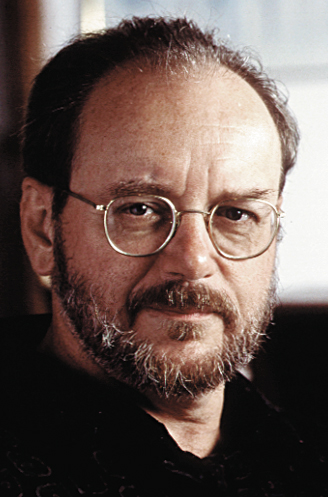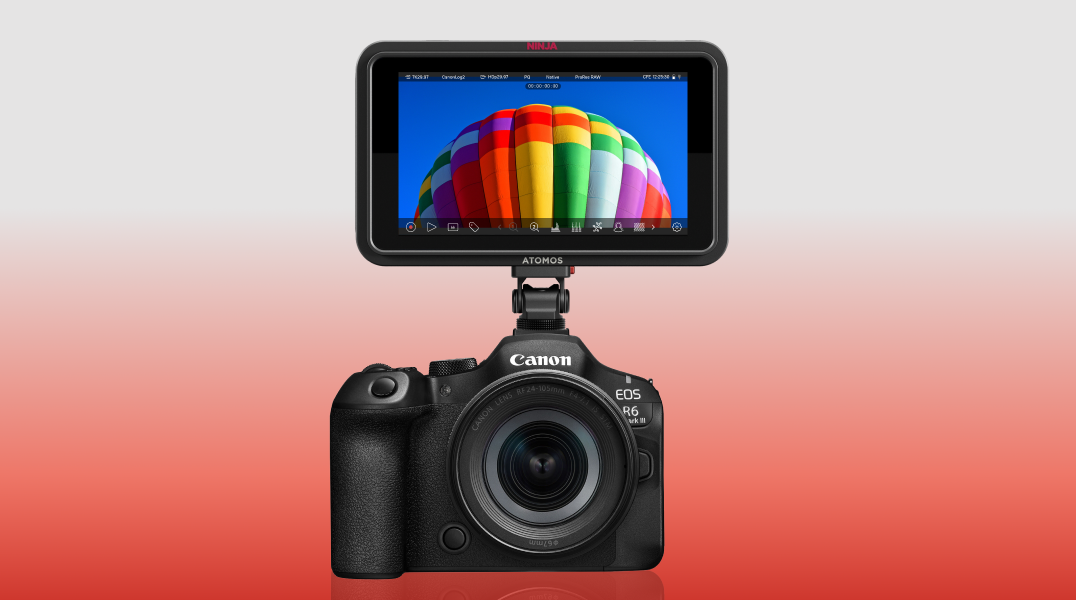Loudspeakers as Musical Instruments
Recently, I attended the Acoustical Society of America's annual convention in Nashville and presented a paper on "The Loudspeaker As A Musical Instrument." Writing the paper was a lot of fun, and it gave me an excuse to formalize a lot of the thoughts I've been having about loudspeakers. Because I'm so deeply involved in loudspeaker development right now, and actually seeing some of these thoughts into commercial practice (as I'll tell you about in future columns), I thought I'd share with you a little about what I've come to realize.
Why should you be interested? Two reasons. First, loudspeakers are the key players in your audio production environment. More than any other component, they determine the resulting quality of your production work. Second, there are changes coming, right now. Those changes are going be relevant, and you will need to know what they mean and how to work with them.
UNIVERSAL SOUND GENERATORS
Technically speaking, it's easy to see why loudspeakers can be thought of as musical instruments (they play music, for starters). However, the idea does seem a little whacked -- out and off -- base. Everybody knows that loudspeakers are reproducers, and play back music-but that doesn't mean that they actually play music, does it? And, who cares? We're in broadcasting, for heaven's sake-we need loudspeakers that reproduce, not play Mozart or Madonna!
Nonetheless, when we compare loudspeakers to other musical instruments, some interesting things come to light-things that aren't readily apparent otherwise. Let me share some of this with you.
First, loudspeakers can play louder, softer, high, lower, faster or slower than any other musical instrument-they are remarkable in this regard. They are so remarkable, we can think of them as "Universal Sound Generators." Along with this flexibility is a special kind of featurelessness. Think of it this way: The most distinguishing characteristic of the perfect loudspeaker is that it has no distinctive character of its own.
There's more. An array of loudspeakers can simulate alternative sonic environments, something that is definitely beyond any other instruments. A tuba choir is never going to sound like it's in a cathedral, unless it's in a cathedral! So, an array of loudspeakers can also be thought of as a "Universal Sound Environment Generator."
These chameleonlike qualities of loudspeakers make them really interesting and valuable, especially for music-they can, in theory, stand in for anything, including anything's surroundings.
PROBLEMS AT LOW AND HIGH FREQUENCIES
There are some problems and limitations with this, however. Most musical instruments are played in comparatively large rooms, ranging from clubs to concert halls and up, big purpose-built rooms that mostly have at least some acoustical treatment to make performances sound good. In comparison, consumer loudspeakers play in a widely varying array of small rooms and spaces that are acoustically untreated and cause problems, at both low and high frequencies.
Because the rooms are acoustically part of the loudspeaker enclosure, low-frequency performance varies as a function of (a) the room's size, shape, openings and furnishings; (b) the position of the loudspeakers in the room; and (c) the specific frequencies in question at any given moment. There is no way out of this. This low-frequency behavior is essentially intractable.
At high frequencies, loudspeakers have a peculiar and unfortunate quirk-they are extremely directional. This means that in all directions except one, loudspeaker performance is deficient and seriously so. This is unlike virtually all other musical instruments, which generally have wide if highly variable directivity at high frequencies.
This creates two problems. First, listeners must listen on a very narrow axis, perhaps 30 degrees wide. Imagine a concert where all listeners needed to be "on-axis" within +/-15 degrees of the "front" of the instruments(aside from an appallingly limited audience size and revenue potential, it would make live music a pretty dodgy and limited undertaking.
The second problem is that all the reflections of sound from the loudspeaker to the listeners via the room are deficient in high-frequency content. I won't go into the psychoacoustical implications of this, other than to note that they are quite significant and audible, and that they have affected our recording craft significantly.
Beyond this, such high-frequency directionality in rooms gives loudspeakers a very distinctive sound quality that makes them easily distinguishable from other musical sources, if you ever go to the trouble to directly compare them.
So, due to some fundamental physics and some loudspeaker limitations, loudspeakers tend to not work all that well in the very environments in which they are most often called upon to perform. Bad news. But, happily, this is where our willing suspension of disbelief comes to the rescue.
This willing suspension of disbelief is a cognitive trick we play on ourselves to more fully enjoy illusions. In the case of loudspeakers, we deliberately ignore the loudspeaker and instead substitute an imaginary source (the recorded one), quite enthusiastically embracing the fantasy that we are "in reality" listening to that imaginary source. Instead of hearing the real loudspeaker, with all its defects, we make ourselves hear the imaginary source, and we happily "fill in" all the missing or defective information. Without this, of course, neither video nor audio would work. Pretty cool, eh?
POWER AND LOUDNESS
Another big issue is loudness. The dynamic range for acoustic music is pretty big (for live rock 'n roll it is potentially huge). I estimate it at about 80 dB, from 40 dB SPL to 120 dB SPL. Domestic loudspeaker playback ranges are a good bit less, 50 dB SPL to perhaps 105 dB SPL, for a 55 dB range. The bottom end of these ranges is generally limited by room noise; the top end is generally limited by power capacity. In any case, loudspeakers can mimic, sort of, the levels obtained in live performance, but they can't reasonably replicate them (which is probably just as well). Also, their range needs to be compressed some (and perhaps really compressed in cars) in comparison to acoustic music, due to a higher noise floor in playback spaces.
AND OUR STORY TO DATE...
So here you have it-believe it or not, loudspeakers don't work all that well in the rooms we put 'em in. We've got problems with power, and with the room at high frequencies and at low frequencies. Plus we can only sit in one spot when we listen to 'em. Fortunately, we're in happy denial as a function of our own willing suspension of disbelief about all this!
But what if? What if we could lick the room problems and the power problem? Would we hear a difference? Would it be any better? Or does our willing suspension of disbelief mask any improvement we might make? Would we just be wasting our time?
Well, campers, this is what I've been working on, for about 22 years, all told. Next month, I'll fill you in a little on some of the answers I've found, and I'll discuss what I think it means for you. In the meantime, thanks for listening.
The professional video industry's #1 source for news, trends and product and tech information. Sign up below.

